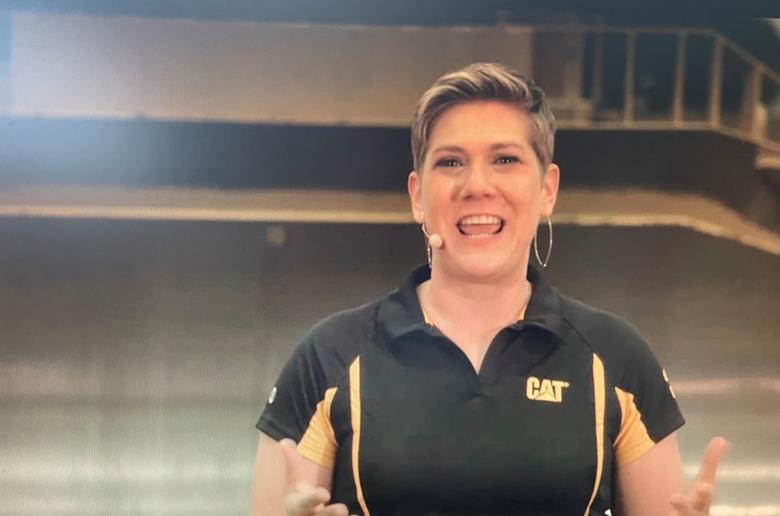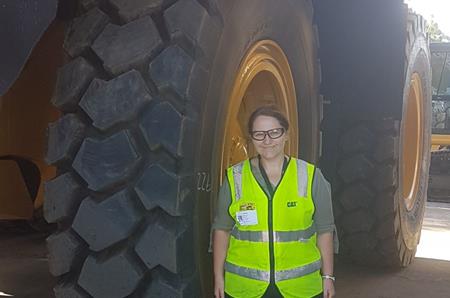If you’re ready to reimagine your career journey, or are considering making a major career decision, this one’s for you. After 16 years with another company, Marcy Bytner decided to join Team Caterpillar. Now, she shares her story and advice on how you, too, can achieve your career goals.
How did you determine the direction you wanted your career to go?
When we talk about career direction, the biggest decision I have made was to change companies. This change did not start out as intentional for me; I was simply looking around at job postings, comparing my current situation to other roles and opportunities – I wasn’t thinking seriously about making a change, I was just exploring. It’s been a great decision, but it has also made me want to be much more intentional about my career moving forward. Being new to the company afforded me the opportunity and a reset to start building a network, learning about the organization, and thinking more strategically about my career journey – things I should have been doing more of all along.
How did you work with your leader regarding your career plan?
For me, it was as much learning about Caterpillar as it was creating a career plan. The most valuable experience, especially as a newer employee to Cat, was taking time with my manager to create an IDP (Intentional Development Plan) to identify specific roles or areas where I wanted to learn more and focus my efforts and conversations. My manager and I reviewed org charts and position responsibilities to familiarize myself with the company. We also took my past experiences and tried to correlate them to roles here and pull-out key experiences. We discussed what I wanted in my career, and my preferences between different paths such as manager vs individual contributor, marketing or technical focuses, and direct contact with customers or dealers. I created an IDP, in which my leader encouraged me to include both professional goals, as well as personal goals. This helped create a well-rounded view and ensured that my priorities were aligned. The other key was that this is a living document that I check in on regularly while working on my yearly goals. It will change as the organization changes, I gain experience, change roles, and possibly evolve my goals. The key was building the plan and setting goals based on what I wanted to achieve.
What would you want others to know or think about with career planning?
Be deliberate in your choices with as much insight as you can. This can be about what you want, as well as what you don’t want in your next experience. What you are willing to compromise on, and what experiences you already have and where do you want to be in the short term, as well as the long run. Ask yourself what experiences are you trying to gain or skills to develop, and how will this position help accomplish this? Always remember that there can be opportunities in your current role; speak with your leader and ask for their help to add experiences or knowledge through different growth opportunities while still in your current position.
What advice would you share?
Make personal and career development a focused effort and keep it in sight – it isn’t just a snapshot when you are looking for your next role. The clearer you can be with yourself on your goals, your passions, and what is most important to you – both personally and professionally – the clearer the path is, and decisions are easier to make. Be intentional to network, do informational interviews, get to know people, their roles, and their career journey either as an independent effort or as part of your everyday interactions. All of this can open new doors, strengthen your network, and provide additional insight into how to achieve your goals.



